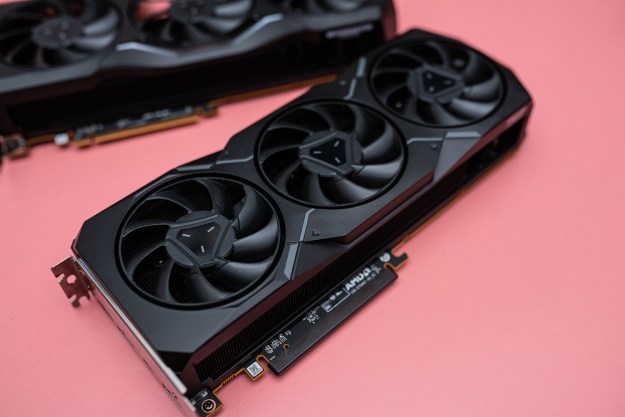Despite Nvidia’s recent attempts to limit crypto mining on its GeForce RTX 30-series graphics cards, GPU sellers and manufacturers have found a workaround — repurposing mobile cards into custom desktop versions.
Such repurposed graphics cards offer the full mining power of a mobile Nvidia GPU, but they can be used outside of a laptop, in a typical mining setup.
Hands-on "RTX 3070M" card 🤣🤣https://t.co/ouCgCxvlwQ pic.twitter.com/Hhk9i026Fa
— I_Leak_VN (@I_Leak_VN) May 26, 2022
Cryptocurrency mining feels a bit like a never-ending story — as soon as Nvidia comes up with a way to end it, someone, somewhere, will find a workaround. As you may know, Nvidia’s RTX 30-series graphics cards come with a Lite Hash Rate (LHR) limiter, which, in theory, should render them ineffective for mining cryptocurrencies. Be that as it may, mining enthusiasts found ways to make the GPUs efficient at mining.
Early workarounds unlocked up to 70% of the card’s pre-LHR mining power, and recently, a new method came out that unlocked the full 100%. Not long after, Nvidia cracked down on the mining yet again and introduced a new driver (512.95) that completely disabled the LHR bypass. Long story short, installing the driver results in reverting the GPU to its previous mining power, capped at 70%.
There is no telling how long it will take for the mining capabilities to be restored to 100% this time around, but miners can simply choose not to install the new drivers and carry on. However, for those who don’t want to limit themselves, Chinese manufacturers came up with a new idea — turning laptop-only Nvidia graphics cards into full desktop GPUs.
It’s important to note here that mobile Nvidia cards aren’t based on the LHR design we know from the desktop versions, which means that Nvidia’s recent driver update won’t affect them. However, crypto mining on a laptop is nowhere near as viable as it is on a desktop or a mining farm, which is presumably why these custom cards are being made in the first place.
On paper, the whole process sounds really simple. The manufacturers simply take an Nvidia mobility GPU out and put it on a desktop-grade PCB with a cooler attached. Unlike traditional mining cards, they come with display outputs and can also be used for other purposes, such as gaming, once their mining tenure comes to an end.

Keep in mind, however, that the mobility versions of Nvidia’s GPUs will not be as powerful as their desktop counterparts. More importantly, although they might make it to the second-hand market eventually, it’s better to invest in a new card that was made for desktops and hasn’t spent countless hours mining crypto.
Wccftech was the first to spot these GPUs after I_Leak_VN on Twitter posted some images on them. As the publication calculates, an Nvidia GeForce RTX 3070M laptop GPU will offer around 65 MH/s crypto mining performance in Ethereum, adding up to a maximum of $1.30 per day in earnings.
Given that the cryptocurrency market as a whole is struggling right now, and that GPU prices are finally dropping, making these graphics cards seems fairly pointless. However, there will undoubtedly be some demand for them amongst those who want to continue mining without limitations.
Editors' Recommendations
- Nvidia RTX 50-series graphics cards: news, release date, price, and more
- You shouldn’t buy these Nvidia GPUs right now
- GPUs just broke a 25-year-old record
- CableMod’s adapters damaged up to $74K worth of Nvidia GPUs
- The Nvidia RTX 4080 Super just trounced AMD





